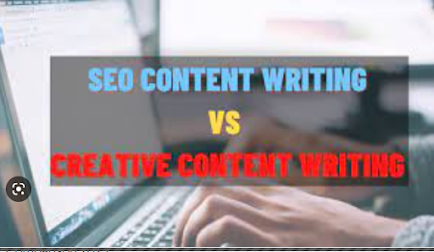Effective Content Strategy
What is an Effective Content Strategy?
An effective content strategy is a plan for creating and distributing valuable, relevant, and consistent content to achieve specific business objectives. It involves understanding the target audience, identifying their needs, and creating content that meets and engages them. The content can be in various forms such as blog posts, videos, infographics, social media posts, etc.
An effective content strategy takes into account the different stages of the customer journey and creates content tailored to each location. It also involves regular analysis and measurement of content performance to ensure that the strategy is achieving its intended goals and making adjustments as needed.
The ultimate goal of an effective content strategy is to build a loyal audience and drive measurable results such as increased website traffic, higher engagement, more conversions, and improved search engine rankings.
Content Strategy tips for SEO:
Conduct keyword research: Understanding the keywords and phrases your target audience is searching for is key to optimizing your content for search engines. Use keyword research tools to identify high-traffic, relevant keywords and integrate them into your content.
Create valuable, high-quality content: The most important factor in SEO is providing valuable, high-quality content that satisfies the needs of your target audience. Focus on creating content that is useful, informative, and relevant to your audience.
Use header tags and internal linking: Proper use of header tags (H1, H2, H3, etc.) and internal linking can help search engines understand the structure and hierarchy of your content. This can improve the relevance and visibility of your content in search results.
Optimize your meta descriptions and titles: Your meta description and title tag are key components of your page's HTML code and can have a significant impact on your search engine rankings. Ensure that your meta descriptions and titles are concise, descriptive, and include your target keywords.
Incorporate multimedia: Using images, videos, and other forms of multimedia can help you create engaging and visually appealing content that can also improve your search engine rankings. Make sure to optimize your media files for the web, including file names and alt tags.
Monitor your performance: Regularly monitor your search engine rankings and analytics to understand the impact of your content strategy on your search engine visibility. Use this information to make data-driven decisions and continually improve your content and SEO strategy.
By following these tips, you can effectively incorporate SEO into your content strategy and improve your search engine visibility, which can help you drive more traffic to your website and achieve your business goals.
Measuring the effectiveness of your content strategy?:
Measuring the effectiveness of a content strategy involves assessing the impact of your content on your target audience and your business goals. Here are some common metrics that can help you measure the effectiveness of your content strategy:
Traffic: This refers to the number of visitors to your website, blog, or other online properties. Traffic is an important metric as it indicates the reach of your content and can help you understand the popularity of specific pieces of content.
Engagement: Engagement metrics such as comments, likes, shares, and clicks can help you understand how your audience is interacting with your content. A high engagement rate indicates that your content is resonating with your target audience.
Lead generation: Measuring the number of leads generated through your content can help you determine the impact of your content on your sales pipeline.
Conversion rate: This refers to the number of visitors who take a desired action, such as making a purchase or filling out a form. Measuring the conversion rate can help you determine the effectiveness of your content in driving desired actions.
Return on Investment (ROI): This is a financial metric that measures the return on the resources you have invested in your content marketing. You can calculate ROI by dividing the revenue generated from your content by the cost of creating and distributing it.
Social media metrics: This includes metrics such as followers, reach, and engagement on social media platforms, which can help you understand the impact of your content on social media and the effectiveness of your social media strategy.
By regularly monitoring these metrics and making data-driven decisions, you can continually improve your content strategy and achieve your business goals.
7 Steps to Creating a Complete Content Strategy?:
Creating a content strategy can be a complex process, but breaking it down into smaller steps can help make it more manageable. Here are 7 steps to help you create a complete content strategy:
Define your target audience: Understand who your target audience is, their needs, and what they are looking for in the content you will be producing.
Determine your goals: Define what you hope to achieve through your content, such as increased brand awareness, lead generation, or customer engagement.
Conduct a content audit: Evaluate the existing content on your website or other channels to identify what is working well and what can be improved.
Choose your channels: Decide which channels you will use to distribute your content, such as social media, your website, email, or a blog.
Develop a content calendar: Plan out when and how often you will publish new content and what topics you will cover.
Create high-quality content: Focus on producing content that is relevant, engaging, and valuable to your target audience.
Measure and analyze your results: Regularly monitor and analyze the performance of your content to determine what is working well and what needs improvement. Use this information to adjust your strategy as needed.
By following these steps, you can create a comprehensive content strategy that will help you reach your goals and engage your target audience.


.png)
Comments
Post a Comment